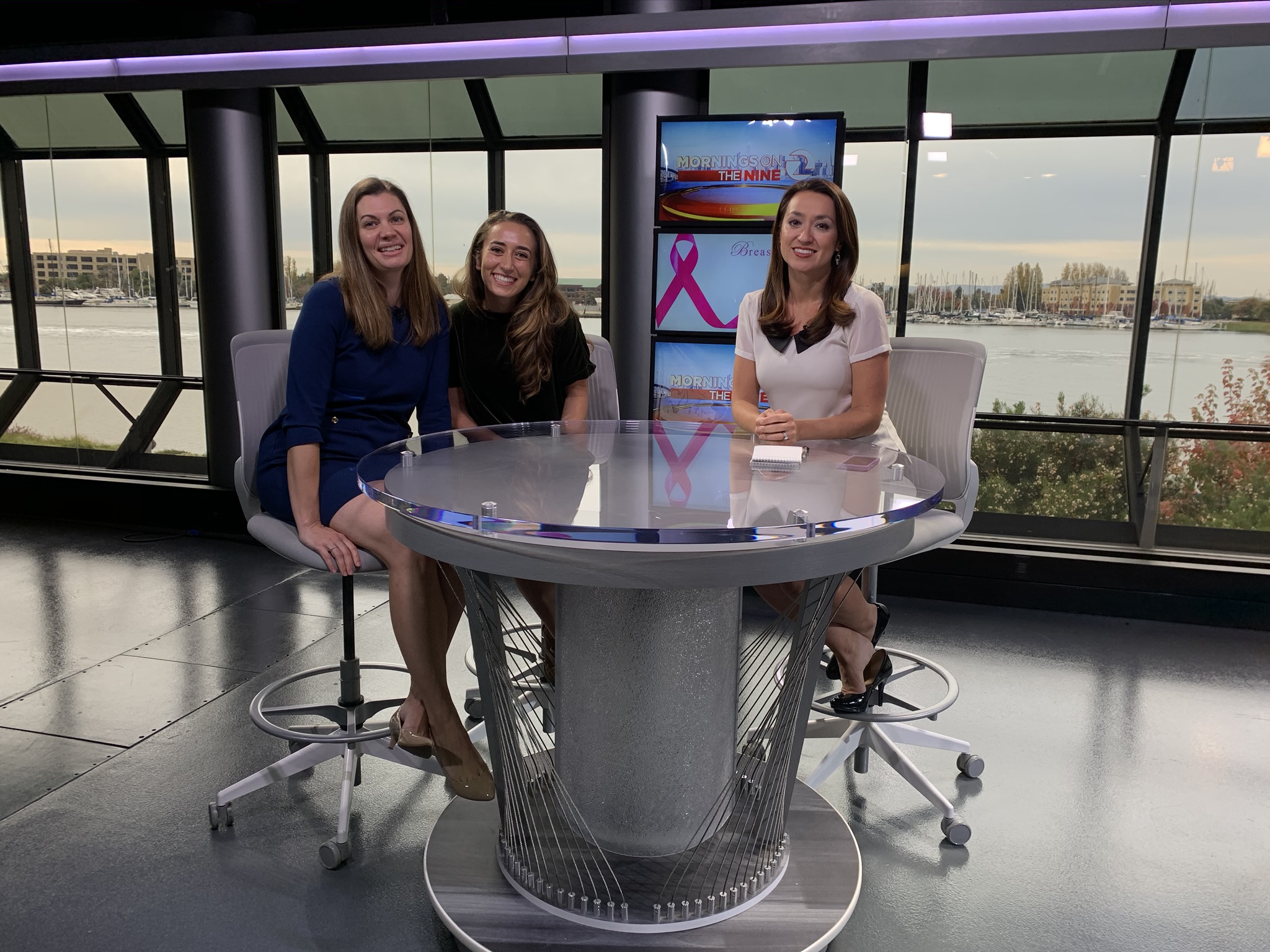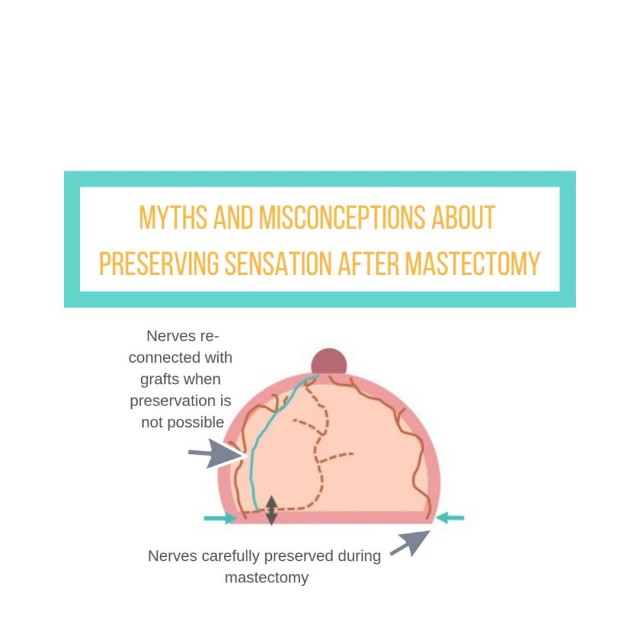
Myths and Misconceptions about Preserving Sensation after Mastectomy
Since our recent feature in a media story on sensation-preserving mastectomies, we’ve found that there are a number of misconceptions about the approach and, more generally, on sensation after mastectomies. Here are some of the most frequent myths and misconceptions about preservation sensation after mastectomy,
1) Without careful and thoughtful preservation of nerves during mastectomy, sensation is likely to return on its own if you just give it enough time
Although there is still a lot more research to be done related to sensation after mastectomy, the studies that have been done show unacceptably low rates of return of chest/nipple sensation, with studies consistently showing that the majority of women do not ever regain even sensation to light touch throughout their breasts (let alone any pleasurable sensation). Because of the variable nerve anatomy in the breasts, there are some women who may get lucky and have sensation return over time without active preservation of nerves during surgery, but most women will not.
2) Sensation-preserving mastectomies are only possible for women having prophylactic mastectomies, as the technique may compromise cancer outcomes for women having mastectomies for breast cancer treatment
Sensation preservation does not depend on the reason for the mastectomy. The goal with any mastectomy, whether for cancer treatment or for breast cancer risk reduction, is to remove all visible breast tissue. While there may be rare circumstances with mastectomies for breast cancer where a small amount of skin may need to be removed or nipple-sparing mastectomy may not be possible based on the tumor location, for the most part, the mastectomies are the same. Nerve preservation during mastectomy is possible when the nerves run in the fatty tissue layer beneath the skin, which can be saved during mastectomies done for either reason. If the nerves do not have favorable anatomy for preservation (meaning they run straight through the breast and do not stay in the fatty tissue layer), then they will need to be cut and repaired (with nerve grafting) regardless of the reason for the mastectomy.
3) Nerve reconstruction can only be done with flaps, not with implants
Nerve reconstruction done at the time of breast reconstruction to improve sensation after mastectomy is a fairly new concept, both with flaps and with implants. A growing number of centers in the US offer nerve reconstruction at the time of flap reconstruction, typically with DIEP flaps through a technique called Resensation®. But there are a handful of groups who are taking some of the principles from nerve reconstruction with flaps and successfully applying them to breast reconstruction with implants, an important advance as over 80% of reconstructions done in this country are done with implants. Ideally, both flap and implant reconstructions would involve both a nerve-preserving and a nerve-reconstruction component to give women the best chance of preserving sensation.
Sarafina Nance
Anne Peled, MD




